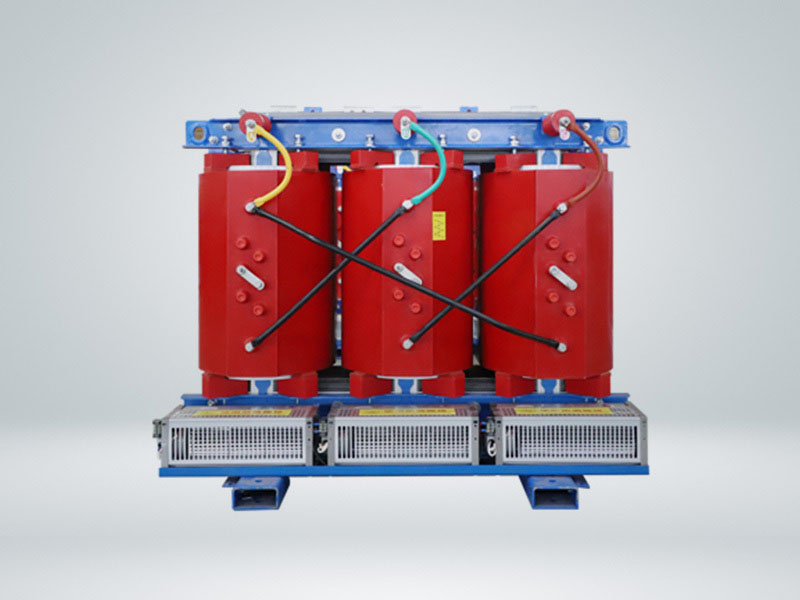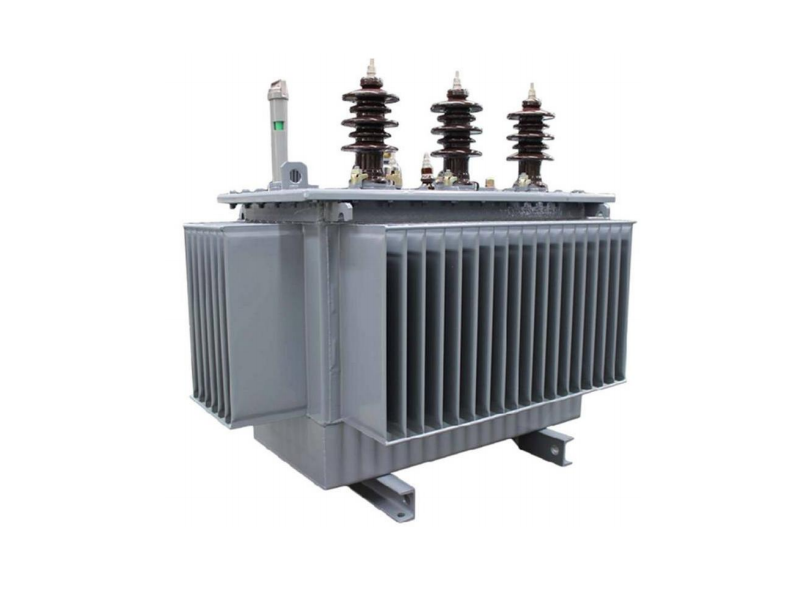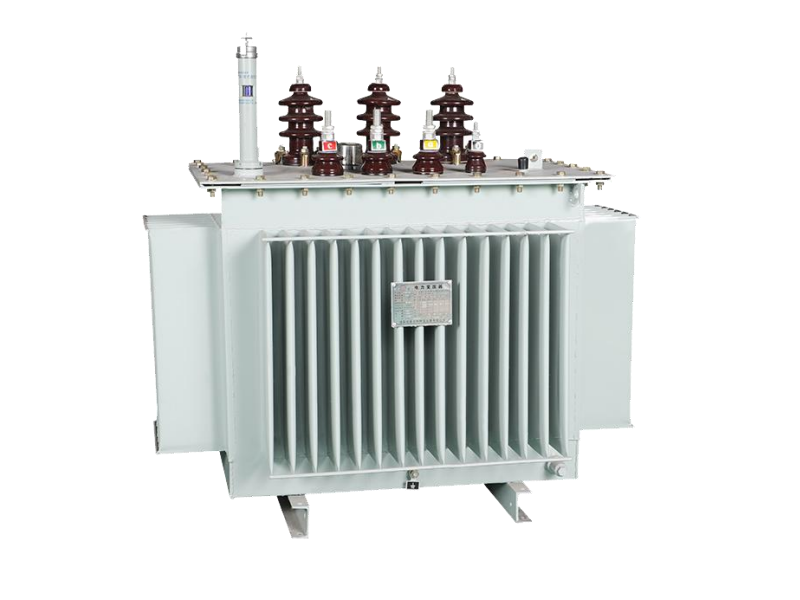Introduction
Pad-mounted transformers are critical components in power distribution systems. Two primary designs exist: dead front and live front, differing in safety, maintenance, and construction. This article explores their distinctions to guide utility professionals in selecting the appropriate type.
1. Dead Front Transformer
- Design Principle:
- All live electrical parts (bushings, cables) are fully enclosed within grounded metal compartments, accessible only via insulated tools.
- Insulated bushings: The high-voltage bushings, which allow cables to enter and exit the transformer, are fully insulated to prevent arcing and flashover.
- Load break elbows: These connectors allow for safe connection and disconnection of high-voltage cables without the need to de-energize the transformer.
- Advantages:
- Enhanced Safety: Eliminates accidental contact with energized parts during operation or maintenance (OSHA 1910.303 compliance).
- Weather Resistance: Sealed compartments protect against moisture and debris, reducing outages.
- Standardization: Dominates North American markets (ANSI/IEEE C57.12.22 standards).
- Limitations:
- Higher initial cost due to complex insulation systems.
- Specialized tools required for cable termination.
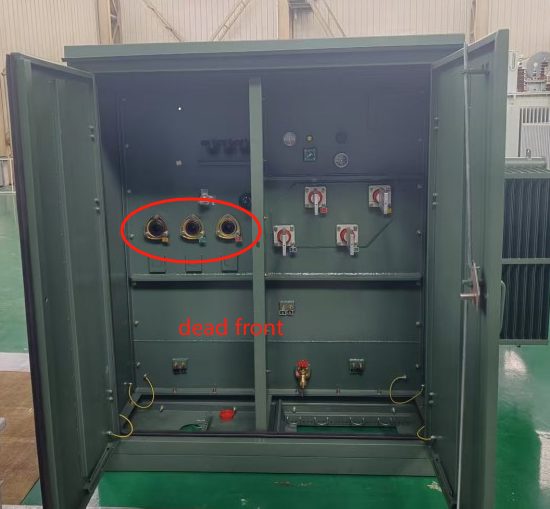
2. Live Front Transformer
- Design Principle:
- Exposed live parts (bushings, lugs) are visible when the cabinet door is opened.
- Common in older installations or regions with less stringent safety regulations.
- Advantages:
- Lower Cost: Simplified construction reduces manufacturing expenses.
- Ease of Maintenance: Direct access to components speeds up diagnostics.
- Limitations:
- Safety Risks: Requires de-energization before servicing (NFPA 70E Arc Flash hazards).
- Environmental Vulnerability: Exposure to contaminants increases corrosion risk.
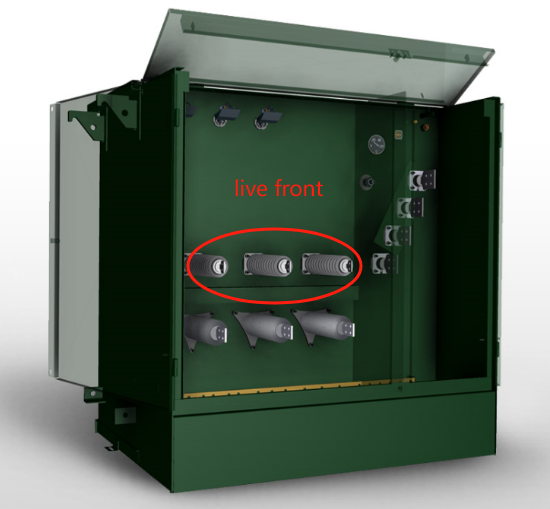
3. Key Comparison Table
| Feature | Safety | Maintenance | Cost | Regulatory Fit |
| Dead Front | Fully isolated components | Requires insulated tools | 15–20% higher initial cost | Complies with modern standards (IEEE) |
| Live Front | Exposed live parts | Direct access | Budget-friendly | Legacy systems only |
4.Conclusion
Dead front transformers prioritize safety and reliability, making them ideal for urban grids, while live front units may suffice in cost-sensitive or low-risk environments. Utilities should weigh operational priorities against regulatory requirements when selecting designs.

